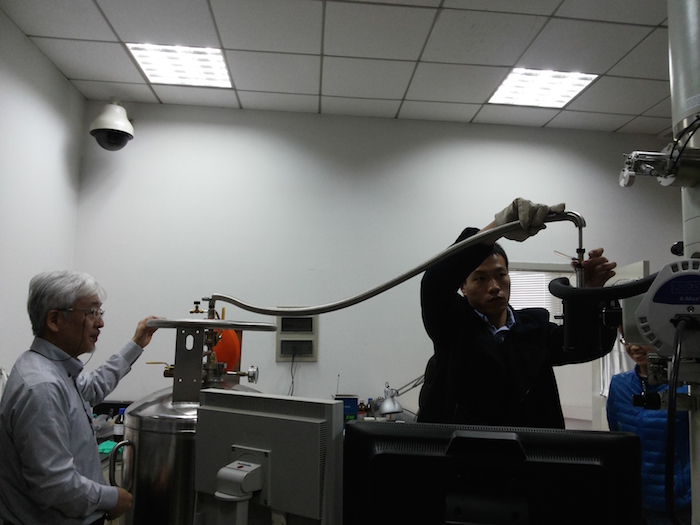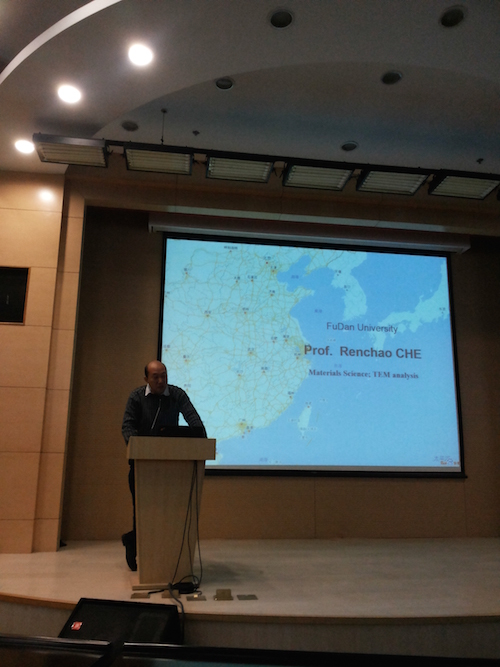-
ABOUT US
-
ACADEMICS
Curriculum Program
Departments
- English
- High School Chinese
- Primary and Junior School Chinese.
- High School Mathematics
- Middle School Mathematics
- Primary School Mathematics
- Music and Fine Arts
- Physical Education
- Physics
- Chemistry
- History and Geography
- Physical Science and Optional courses Department
- Middle School Biology
- High School Biology
- Social Sciences
- Computer Science
- Courses in Primary School
Achievements and Matriculations
College Counseling
Science & Technology Innovation Contest
-
ARTS
-
ATHLETICS
-
AT SHSID
SHSID ∣ TIMES
PTSA
Club Exhibition
- 龙吟社
- Live 2 Drama
- Choir
- Hip-pop Dance Club
- The Primary School Dance Troupe
- Symposiums Club
- Biology Workshop
- You Shan
- VEX Robotic
- Peking Opera Club
- Baseball Club
- Model United Nations
- The World Scholar’s Cup
- Future Problem Solving Club
- United States Academic Pentathlon
- OM Club
- AMC Club
- Music for Patients
- SHSID Gazette
- Smile Charity
- Cultural Moments
- SciAcademy
- Stem Doge Alliance
- Chinese Debate Club
- IAA
- Mock Trial Club
- Zhengming Club
- Art-to-zine
- Bananaheads
- Electronics
- Furry Friends
- GT-Racing
- MCG Philharmonics
- Village Radio
- IMMC Club
- Creative Design and Intelligent Fabrication
- Future City Research Project
- ECOCAP
- AdvocaSEA
- SPDC
- Medishine
- Floorball Club
- Animusic MTC
- Wings Up
Health and Wellness
Campus Safety
Cafeteria Service
-
ADMINISTRATION
-
ADMISSIONS
-
ALUMNI
Alumni Information
Honors Students
- Class of 2024
- Class of 2023
- Class of 2022
- Class of 2021
- Class of 2020
- Class of 2019
- Class of 2018
- Class of 2017
- Class of 2016
- Class of 2015
- Class of 2014
- Class of 2013
- Class of 2012
- Class of 2011
- Class of 2010
- Class of 2009
- Class of 2008
- Class of 2007
- Class of 2006
Who Studied at SHSID
SHS Foundation
-
DOCUMENTS
Grade 11 Company Visit: Fudan University Adavanced Material
Grade 11 Company Visit: Fudan University Adavanced Material
We got the opportunity to go to Fudan, and to learn about what happens in a building full of million dollar research equipment. Crazy smart and intensely dedicated scientists conduct research on most days, but today, we got to learn more in detail how these scientists do research.
On the first floor, a group of graduates and a professor were busy tinkering with a TEM (Transmission Electron Microscope). An undergraduate explained to me that a TEM is just a microscope, but a very powerful one. It also works differently than the microscopes we have in our high school lab. Instead of relying on geometric optics, a TEM shoots electrons into a sample, and detects the electrons that pass on the other end. By this method, those electrons that impact a nucleus don't clear for the screen, but the others pass onto the screen. Then, a digital image can be formed based on the amount and location of electrons passed onto the screen. "It's worth more than a million." The graduate explained to me.
If you think these Fudan researchers only take pride in their microscopes, then you're wrong. Next, these researchers rolled out a huge tank full of liquid helium. Carefully, the students, along with the professor, put samples of liquid helium into the TEM. They wanted to examine how helium behaves under different temperatures. Working in the background is an equally large barrel transformer that transforms voltage from 220V to 200kV. "Work safe." I uttered to the graduate student as I walked out.
Researchers are patient, hardworking people. A graduate shared with us his thoughts on the research process. In high school, we are taught the scientific method of observing, hypothesizing, experimenting and theorizing. However, we imagine little how strenuous and long the experimenting process can be. The graduate talked about the Stanford group that published their results on a battery that can be charged under a minute. He said, these results appear very simple, and only have altered some features in the design of the battery, but most likely have taken up numerous hours of the researchers in the lab. In fact, he estimated that the Stanford group took at least ten years researching. That's a really long time, but clearly not long enough to discourage that graduate from researching. I wouldn't be surprised to see his results on their lithium oxide battery research years from now.
Taking a tour into this lab was interesting and motivating. Though most of us didn't understand a lot of what the professors and graduates said, we understood the research process. Everything was complex, and beyond my system of knowledge. From the cool equipment to the dedicated graduates, everything has incited me to want to learn quicker, so to enable myself to understand research more fully as soon as possible.
(Written by Styler Shi Picture by Jonathan Gao)

